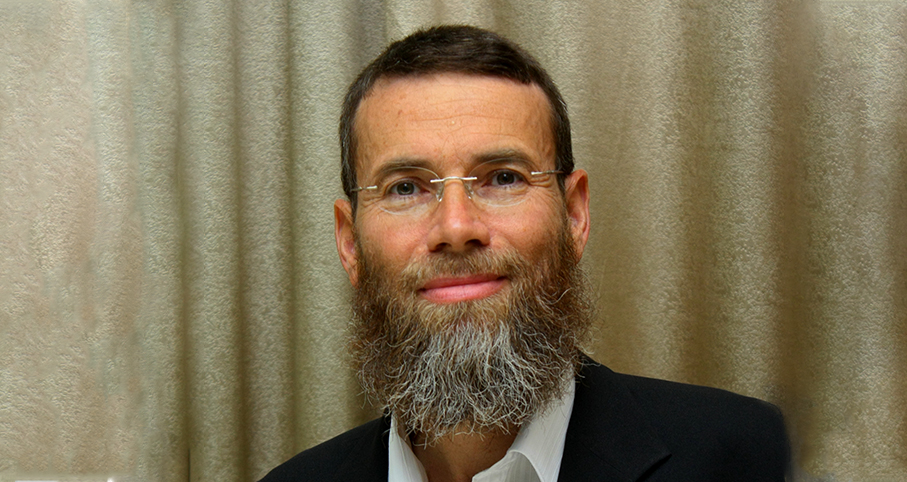Beit Midrash
- Sections
- Chemdat Yamim
- Bemare Habazak - Rabbis Questions
Answer: Refuah shleima! It is important to realize the nature of the practice of ma’aser kesafim. Tzedaka is a mitzva from the Torah, but its practical parameters are hard to define and quantify. Maa’ser kesafim gives a moderately ambitious (depending on a person’s circumstances) tzedaka formula (compare Rambam, Matanot Ani’im 7:1 and ibid. 5). In general, there are three opinions as to whether the practice of ma’aser kesafim is a mitzva from the Torah (Tosafot, Taanit 9a), a Rabbinic obligation (Maharil 54; Taz, Yoreh Deah 331:32), or a proper practice for one to accept (Bach, cited Taz ibid.; Shut Chatam Sofer, Yoreh Deah 231). The latter is the stronger possibility.
Most poskim rule that if one receives money as a gift and has freedom to use it as he likes, he is obligated in ma’aser kesafim (see Chikrei Lev, Yoreh Deah III:102). If the money is earmarked for a certain purpose, it is as if he received that matter as a present, and, according to many, he is exempt (see Tzedaka U’mishpat 5:(26)), especially if giving ma’aser kesafim will effectively preclude his obtaining that matter.
In your case, on the one hand, you can use the money for whatever you wish. However, medical expenses are primarily necessities one cannot reasonably ignore. One can suggest a proof that ma’aser kesafim does not apply to damage payment’s that relate to medical expenses (=ripuy). Ripuy is intended and calculated so that medical expenses should not harm the victim’s financial situation. It is conceptually optimal for the damager to directly arrange medical services for the victim rather than give an estimated lump sum of money for past and future expenses (Bava Kama 85a). Lump sum payments, when done, are a matter of practicality and convenience. If one had to give ma’aser on those payments, he would sustain a net 10% loss, and we do not find halachot of adding 10% to ripuy to cover the ma’aser. (One can deflect the proof on technical grounds, arguing that the obligation to pay damages is a Torah law, which does not take the victim’s worthy tzedaka practices into account, especially assuming they are Rabbinically-mandated or less. We would counter that the practice of ma’aser kesafim/tzedaka does consider the fact that ripuy is not general profits but necessarily earmarked payment, which it would be wrong to "tax."
In most cases, it is possible to at least approximate the breakup of the elements of large lump sum payments based on an itemized insurance claim or a court or arbitrator’s ruling). Major injuries can include loss of income, which should (halachically and legally) be compensated for, and here, the halachic logic is different. Since such payments are in place of earnings that that are presumed to be lost, this element should be treated as income, which is subject to ma’aser kesafim.

Bemare Habazak - Rabbis Questions (627)
Rabbi Daniel Mann
277 - Effect of Wrong Type of Bitul Chametz
278 - Ma’aser Kesafim from Proceeds of a Damage Suit Settlement
279 - “Ba’omer” or “La’omer”?
Load More

Ask the Rabbi: Forgot to Remove Tefillin Before Musaf of Rosh Chodesh
Rabbi Daniel Mann | Kislev 5786

Ask the Rabbi: Sacrificing Davening to be the Tenth Man
Rabbi Daniel Mann | Sivan 5785

Ask the Rabbi: Finishing to Eat but Continuing to Drink
Rabbi Daniel Mann | Iyar 5785

Ask the Rabbi: Giving Ma’asrot to the Intended Recipients
Rabbi Daniel Mann | Av 5785

Rabbi Daniel Mann

Pay for Overtime on Shabbat
5773

Giving an Envelope on Shabbat to Use for Donations
5773

Bikur Cholim by Electronic Means
Shvat 1 5782






















